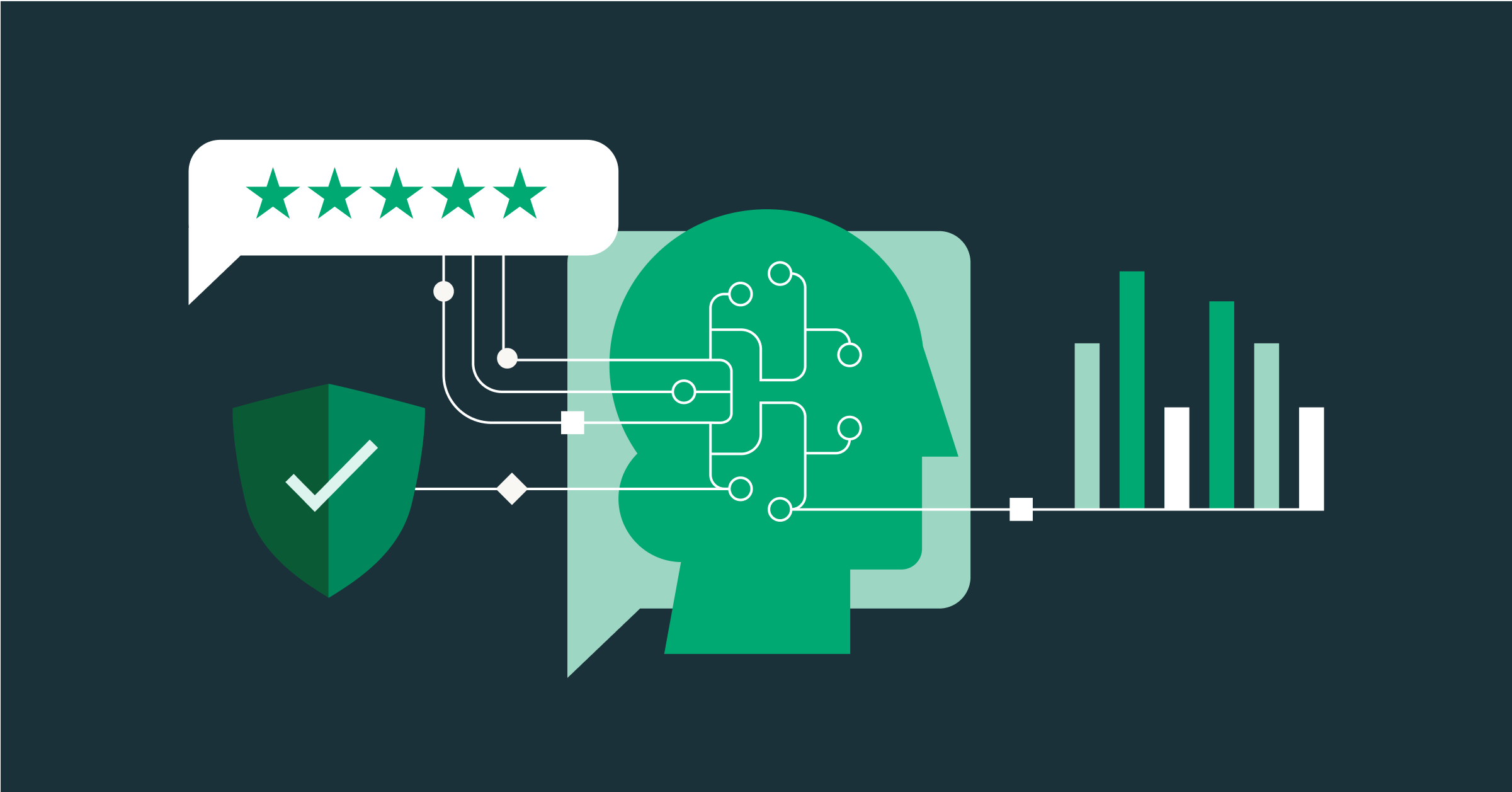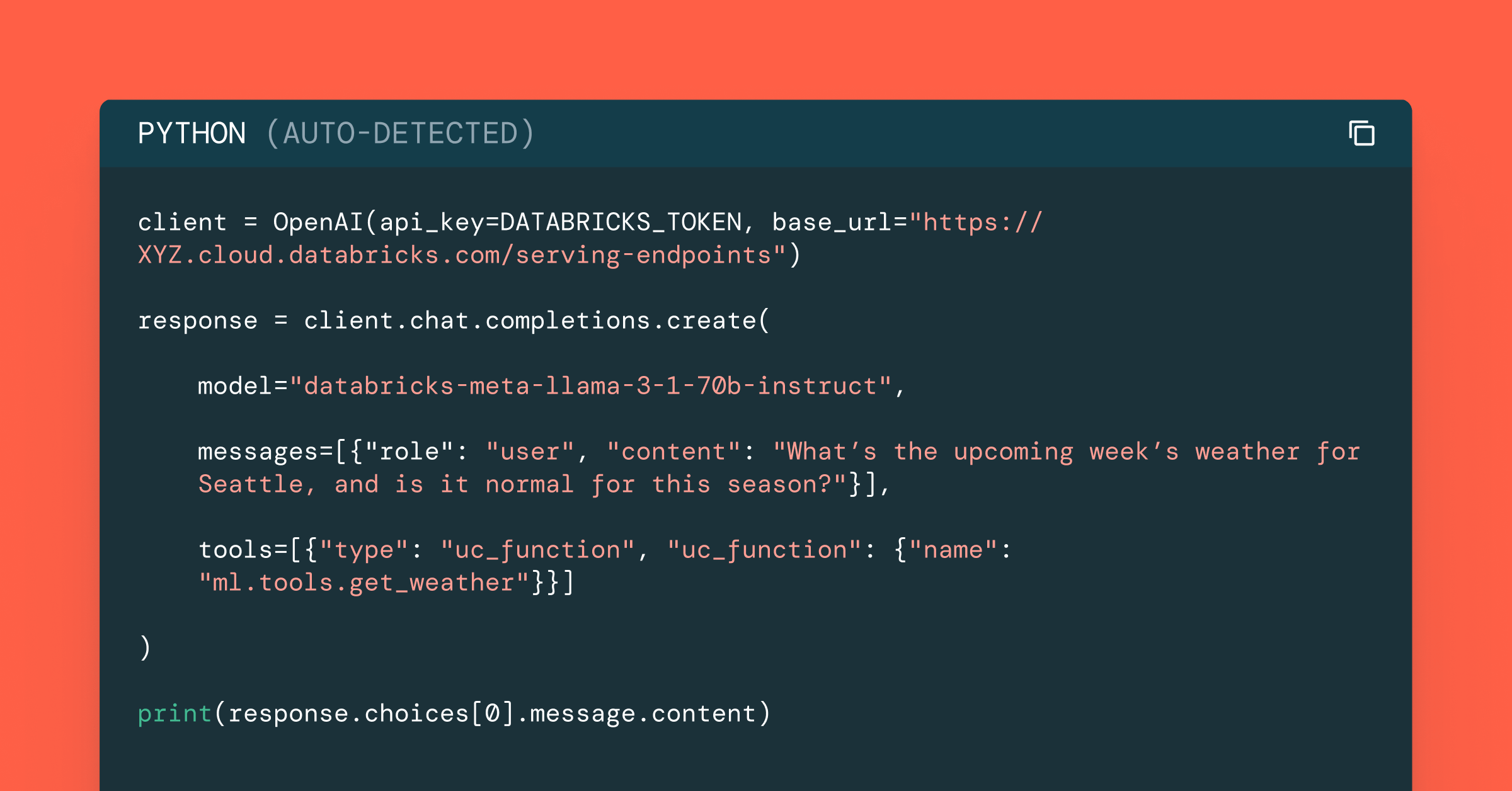Best Practices and Methods for LLM Evaluation

Summary
- Learn the fundamentals of large language model (LLM) evaluation, including key metrics and frameworks used to measure model performance, safety, and reliability.
- Explore practical evaluation techniques, such as automated tools, LLM judges, and human assessments tailored for domain-specific use cases.
- Understand the best practices for LLM evaluation, as well as some of the future directions like advanced and multi-agent LLM systems.
Understanding LLM Evaluation
As more companies lean into the technology and promise of artificial intelligence (AI) systems to drive their businesses, many are implementing large language models (LLMs) to process and produce text for various applications. LLMs are trained on vast amounts of text data to understand and generate human-like language, and they can be deployed in systems such as chatbots, content generation and coding assistance.
LLMs like Open AI’s GPT-4.1, Anthropic’s Claude, and open-source models such as Meta’s Llama leverage deep learning techniques to process and produce text. But these are still nascent technologies, making it crucial to frequently evaluate their performance for reliability, efficiency and ethical considerations prior to – and throughout – their deployment. In fact, regular evaluation of LLMs can:
- Ensure that models generate accurate, coherent and contextually relevant responses.
- Allow researchers and developers to continually compare models and identify areas for improvement.
- Prevent any biases, misinformation or harmful content.
Nearly every industry – from healthcare and finance, to education and electronics – are relying on LLMs to give them a competitive edge, and robust evaluation procedures are critical to maintaining high standards in LLM development. In fact, as enterprises increasingly deploy LLMs into customer-facing and high-stakes domains, robust evaluation is the linchpin for safe, reliable and cost-effective GenAI adoption.
LLM evaluation involves three fundamental pieces:
Evaluation metrics: These metrics are used to assess a model’s performance based on predefined criteria, such as accuracy, coherence or bias.
Datasets: This is the data against which the LLM's outputs are compared. High-quality datasets help provide an objective ground truth for evaluation.
Evaluation frameworks: Structured methodologies and tools help facilitate the assessment process, which ensures the results are consistent and reliable.
Exploring LLM Evaluation Metrics
There are numerous methods by which LLMs can be evaluated, but they can broadly be classified as either quantitative or qualitative. Quantitative metrics rely on numerical scores derived from automated assessments and provide objective and scalable insights. Qualitative metrics involve human judgment, assessing aspects like fluency, coherence and ethical considerations.
LLM evaluation metrics can also be categorized based on their dependency on reference outputs:
Reference-based metrics: These compare model outputs to a set of predefined correct responses. Some examples of reference-based metrics include:
- The Bilingual Evaluation Understudy (BLEU): Originally designed for machine translation, BLEU measures n-gram overlap between machine-generated and reference text, focusing on precision.
- The Recall-Oriented Understudy for Gisting Evaluation (ROUGE): Commonly used in summarization, ROUGE assesses how much of the reference content is captured in the model output.
Reference-free metrics assess outputs without requiring a reference answer, and instead focus on the intrinsic qualities of a generated text. They are useful for evaluating open-ended text generation tasks, where a single "correct" reference may not exist or be appropriate, such as dialogue systems, creative writing or reasoning-based outputs.
Some examples of reference-free metrics include:
- Perplexity: This approach measures how well a model predicts the next word in a sequence. Lower perplexity implies better predictive capability, though it doesn’t always correlate with generation quality in real-world tasks.
- Toxicity and bias: Users must ensure LLM outputs avoid issues like bias, harmful content, disinformation, misinformation or hallucination. Tools like RealToxicityPrompts provide benchmark prompts to test for toxic degeneration in LLM outputs.
- Coherence: This refers to the ability of a model to stay focused on a specific theme or idea. Coherence scores evaluate things like linguistic structure, semantic consistency and logical progression within the text itself.
Aside from reference-based and reference-free metrics, there are other benchmarks researchers can use to evaluate the quality of an LLM’s output.
- Massive Multitask Language Understanding (MMLU): This benchmark evaluates a model’s performance across multiple domains, testing its general knowledge and reasoning abilities.
- Recall-Oriented Tasks: These include metrics like ROUGE, which assess how well a model retrieves and synthesizes information.
- BERTScore: Evaluates text generation by comparing the similarity between model-generated text and a reference using contextual embeddings from the Bidirectional Encoder Representations from Transformers (BERT). This is a reference-based metric using contextual embeddings from BERT to measure semantic similarity between generated and reference text.
Best Practices for LLM Evaluation
The first step in evaluating an LLM is to use a dataset that is diverse, representative and unbiased. It should include real-world scenarios to assess the model’s performance in practical applications.
Additionally, by curating datasets from various sources, you can ensure coverage across multiple domains and incorporate opposing examples to enhance the evaluation process.
One technique for evaluating outputs is the LLM-as-a-Judge, where an AI model is used to evaluate another AI model according to predefined criteria. This solution can be scalable and efficient and is ideal for text-based products such as chatbots, Q&A systems or agents. The success of these LLM judges hinges on the quality of the prompt, model and complexity of the task.
While automated metrics provide consistency and scalability, real humans are essential for assessing nuances in generated text, such as coherence, readability and ethical implications. Crowdsourced annotators or subject matter experts can provide qualitative assessments on quality and accuracy of an LLM’s outputs.
It is important to determine what factors will guide an evaluation, as each context requires a tailored evaluation approach. For example, LLMs used in customer service must be assessed for accuracy and sentiment alignment, while those used in creative writing should be evaluated for originality and coherence.
Frameworks and Tools for LLM Evaluation
There are a number of frameworks for measuring whether an LLM’s output is accurate, safe and governed. The leading frameworks for LLM evaluation leverage some of the industry standard natural language processing (NLP) benchmarks, but they still struggle to evaluate complex, enterprise-scale AI systems like agents and RAG pipelines. Some of those issues include:
- Choosing the right metrics to evaluate the quality of the application.
- Collecting human feedback efficiently to measure the quality of the application.
- Identifying the root cause of quality problems.
- Rapidly iterating on the quality of the application before deploying to production.
That’s why Databricks introduced Mosaic AI Agent Framework and Agent Evaluation, built directly into the Databricks Data Intelligence Platform.
Agent Evaluation helps you assess the quality, cost and latency of agentic applications – from development through production – with a unified set of tools:
- Integrated LLM judges: Proprietary evaluation agents rate your model’s responses on groundedness, correctness, clarity, and coherence. Each response is scored with supporting rationale to help identify root causes of quality issues.
- Custom metrics and guidelines: Define your own evaluation criteria, such as tone or regulatory compliance, to tailor feedback to your domain and use case.
- Offline and online consistency: Evaluation is unified across dev (offline) and production (online) environments, making it easy to monitor drift and improve over time.
- Seamless integration with MLflow: All evaluation results, metrics and traces are logged automatically. This can help enable A/B testing, continuous monitoring and a clear audit trail.
Whether you’re building a chatbot, a data assistant, or a complex multi-agent system, Mosaic AI Agent Evaluation helps you systematically improve quality and reduce risk—without slowing down innovation.
Challenges in LLM Evaluation
A major challenge in LLM evaluation is ensuring responses are relevant and domain-specific. Generic benchmarks may be able to measure overall coherence, but they may struggle to accurately reflect performance in specialized fields. This is why LLM evaluations can’t be applied as a one-size-fits-all solution, but must be customized and built to address your specific organizational needs.
LLMs may also generate responses that are correct but differ from predefined reference answers, which can make it difficult to evaluate. Techniques such as embedding-based similarity measures and adversarial testing can improve the reliability of these assessments.
Modern LLMs can also demonstrate few-shot and zero-shot learning capabilities. A zero-shot learning technique allows an LLM to take advantage of its learned reasoning patterns, while few-shot learning is a technique in which LLMs are prompted with concrete examples. While novel in their abilities, evaluating them can be tricky as it requires benchmarks that test reasoning and adaptability. Dynamic evaluation datasets and meta-learning approaches are two of the emerging solutions that can help enhance few-shot and zero-shot assessment methods.
It’s important to note that LLM judges may inherit the biases or blind spots of any evaluating LLM. Human oversight is essential to account for a layer of critical judgment and contextual awareness that models simply cannot achieve. This can include spotting subtle errors, hallucinated references, ethical concerns, or responses based on lived experience.
Future Directions in LLM Evaluation
As LLMs continue to evolve, our methods to evaluate them must also grow. While current tools can evaluate single-agent, text-only LLMs, future evaluations will need to assess quality, factual consistency and reasoning ability across multi-modal inputs. These multi-agent and tool-use LLMs operate in more complex environments where reasoning, coordination and interaction with things like search engines, calculators or APIs are central to their functionality. And in the case of tool-use LLMs, which actively seek information and perform tasks in real time, evaluating the accuracy, safety and efficacy must evolve from traditional tools. As a result, benchmarks will need to simulate environments where agents must collaborate, negotiate or compete to solve tasks.
Looking ahead, the path forward requires continuous innovation and multidisciplinary collaboration. Future LLM evaluation practices must integrate real-world feedback loops and ensure models align with human values and ethical standards. By embracing open research and rigorous testing methodologies, LLMs can become safer, more reliable and more capable language models.
Resources
Never miss a Databricks post
What's next?

Data Science and ML
October 1, 2024/5 min read
Build Compound AI Systems Faster with Databricks Mosaic AI

Healthcare & Life Sciences
November 14, 2024/2 min read